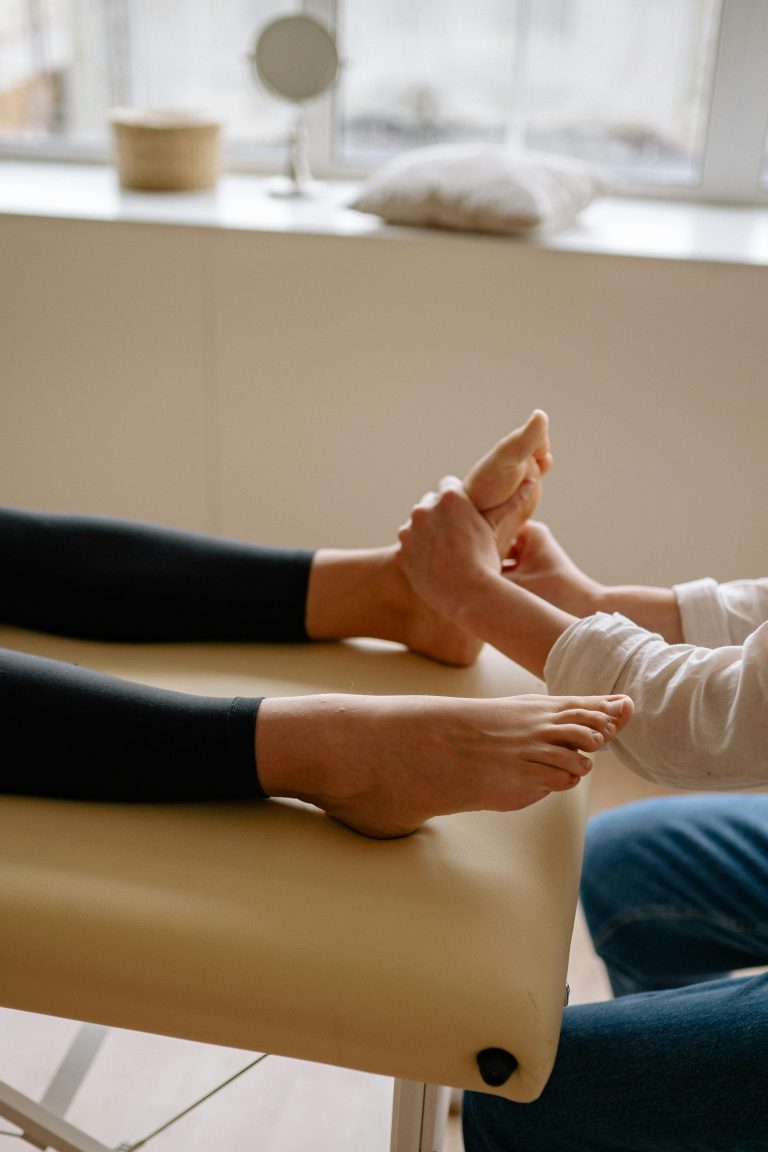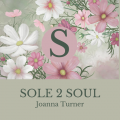What Happens During a Reflexology Treatment?
Our goal is to provide a calming and therapeutic experience designed to promote relaxation and overall well-being.

Our goal is to provide a calming and therapeutic experience designed to promote relaxation and overall well-being.
Consultation
We will begin with a brief consultation to understand your health history, current conditions, and any specific concerns or goals you may have for the treatment.
Preparation
You will be asked to remove your shoes and socks and lie down on a comfortable treatment table or reclining chair. To create a relaxing environment, we may use soft music, dim lighting, and perhaps some aromatherapy.
Examination
I will visually and manually examine your feet or hands, looking for areas of tension or tenderness.
Treatment
The treatment begins with gentle massage and warm-up techniques to relax your feet or hands. I will then apply specific pressure to reflex points on your feet or hands using thumbs, fingers, and hands. Various techniques, including thumb walking, finger walking, and gentle kneading, will be used to stimulate these reflex points.
Focus Areas
During the session, I will pay special attention to reflex points related to your specific concerns, such as digestive issues, stress, or pain. The aim is to balance your body’s energy and promote natural healing processes.
Post Treatment
After the treatment, we will discuss any findings and provide recommendations for aftercare or future sessions. You will be encouraged to drink water to help flush out toxins and support your body’s healing process. Feel free to share how you feel and any immediate effects you notice.
Aftereffects
Immediately after the session, you may feel relaxed, rejuvenated, or slightly tired. Some clients experience mild contra-actions such as slight discomfort, fatigue, or emotional release, which are temporary and part of the healing process.
The Healing Process
Reflexology works by stimulating specific reflex points on the feet, hands, or ears that correspond to different organs and systems in the body. This stimulation promotes relaxation, improves circulation, and encourages the body’s natural healing processes.
Contra-Actions and Reactions
Contra-actions refer to the body’s reactions to treatments, particularly in complementary therapies like reflexology. These reactions are generally temporary and are part of the healing process, indicating that the body is responding to the treatment. Some common contra-actions:
- Mild Discomfort: Slight pain or tenderness at the reflex points during or after the treatment.
- Fatigue: Feeling unusually tired or needing more rest as the body detoxifies and heals.
- Emotional Release: Experiencing unexpected emotions such as crying or feelings of relief.
- Increased Urination: The body may expel more toxins through urine.
- Changes in Bowel Movements: Temporary changes in bowel habits as the digestive system responds to the treatment.
- Headache: Mild headaches can occur as the body adjusts and releases tension.
- Sweating: Increased sweating as the body detoxifies.
